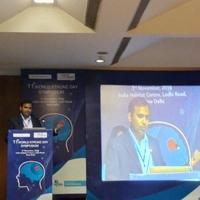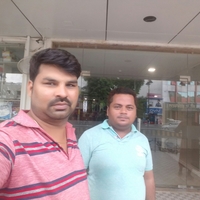What is pemphigus?
Pemphigus is an autoimmune disorder wherein the person’s own immune system attacks the healthy skin cells. It is one of the rare diseases that cause blisters on the skin. It is potentially fatal. The condition is not contagious and hence, is not passed from one person to another. It can affect any age group, although most cases are seen above the age of 50.
What are its main signs and symptoms?
Huge blisters appear on the skin. The blisters may even appear in the mucous lining, such as the mouth, nose, and throat. They open up easily and cause painful sores, especially if present in the mouth, making it very difficult to eat or drink anything. If the blisters spread to the larynx, speech becomes hoarse and painful. Blisters can also develop in the conjunctiva of the eye. The open sores on the skin become painful for days together and develop crust all over before forming scabs. The skin may develop permanent discolouration and scar marks are not often seen.
What are the main causes?
Pemphigus is an autoimmune condition, however, the exact cause remains unknown. This means that the body's own cells are recognised as foreign and are attacked by the immune system. There are certain genes linked to an increased risk for the condition, however, familial inheritance is often not seen.
How is it diagnosed and treated?
If the dermatologist finds the blisters unusual, he/she might examine the skin and the mucosal lining of the mouth and nose and remove a small sample for further analysis. Besides biopsy, a blood test to check the levels of antibodies also helps to confirm the diagnosis. Pemphigus is a long-standing chronic disease. There is no cure for this condition. Symptomatic control is the only possible treatment.
Treatment includes administering high doses of steroids. This controls the formation of new blisters and brings pain under control. Steroid medications should be used in tapering doses and continued for a period of few weeks. Later, the individual is put on immune suppression drugs so that the disease is arrested. Self-care of blisters is highly important to prevent infection. A regular changing of bandages is therefore advised along with maintaining personal hygiene.

 Doctors for Pemphigus
Doctors for Pemphigus 


















